Asombro Anywhere Programs
Science for everyone, everywhere!
For all those schools and students we can’t visit in person, Asombro Anywhere brings the fun, hands-on science of the desert to your students wherever you are. Follow along with video lessons that introduce science concepts and give instructions, then pause the video to perform experiments with the materials in your student kit.
Like all Asombro programs, these engaging, place-based activities are aligned to Next Generation Science Standards and Common Core State Standards. The programs are flexible for the classroom, remote learning days, or small groups. Lesson materials, including video transcripts and vocabulary lists, and all written materials are available in Spanish.
Pricing:
Program Fee covers teacher materials: $25 per teacher
Kit Fee covers kits for individual students: $2.00 per student
Request your Asombro Anywhere Programs Today
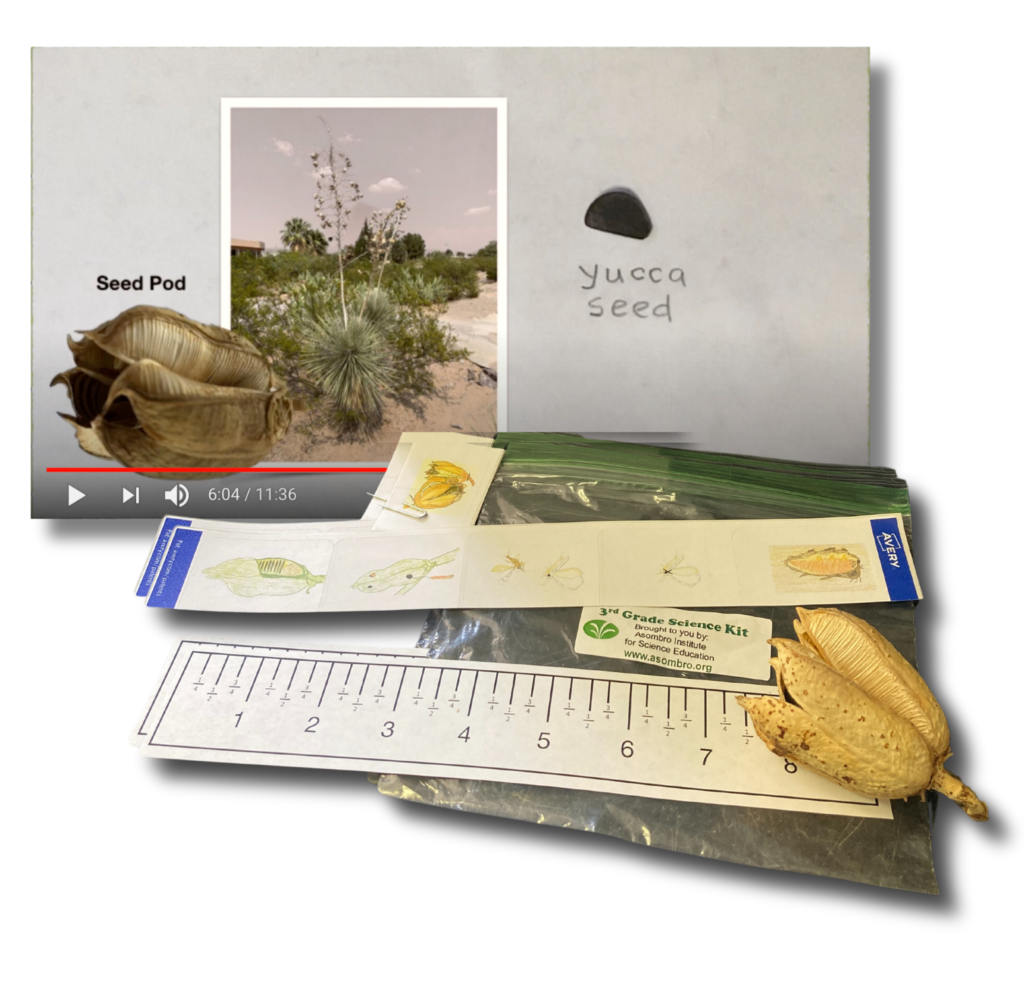
Elementary Programs

2nd Grade - Desert Stories: Desert Seed Dispersal
The Desert Stories program engages students in science, math, and language arts activities around the fascinating topic of seed dispersal in the desert. Each of the three lessons in this module includes a short, engaging video introducing students to the topic and giving them instructions for completing a hands-on activity at home using the kit of materials supplied by Asombro.
- Asombro science kit required
- Three 30-minute lessons
2-LS2-2. Develop a simple model that mimics the function of an animal in dispersing seeds or pollinating plants.
K-2-ETS1-2. Develop a simple sketch, drawing, or physical model to illustrate how the shape of an object helps it function as needed to solve a given problem.

3rd Grade - Desert Stories: Yucca and Yucca Moth Life Cycles and Mutualism
Students engage in science, math, and language arts activities focused on the mutualistic relationship between the yucca and yucca moth. First, they examine a mystery object (yucca seed pod) from their science kit, collect and analyze data on its length, and use adjectives to describe it. They then listen to a reading of a storybook by video to learn about the interactions between the yucca and yucca moth and their intertwined life cycles. Students complete life cycle models and conduct a scientific investigation using the kit of materials supplied by Asombro.
- Asombro science kit required
- Three 30-minute lessons
- Student materials available in Spanish
3-LS1-1. Develop models to describe that organisms have unique and diverse life cycles, but all have in common birth, growth, reproduction, and death.
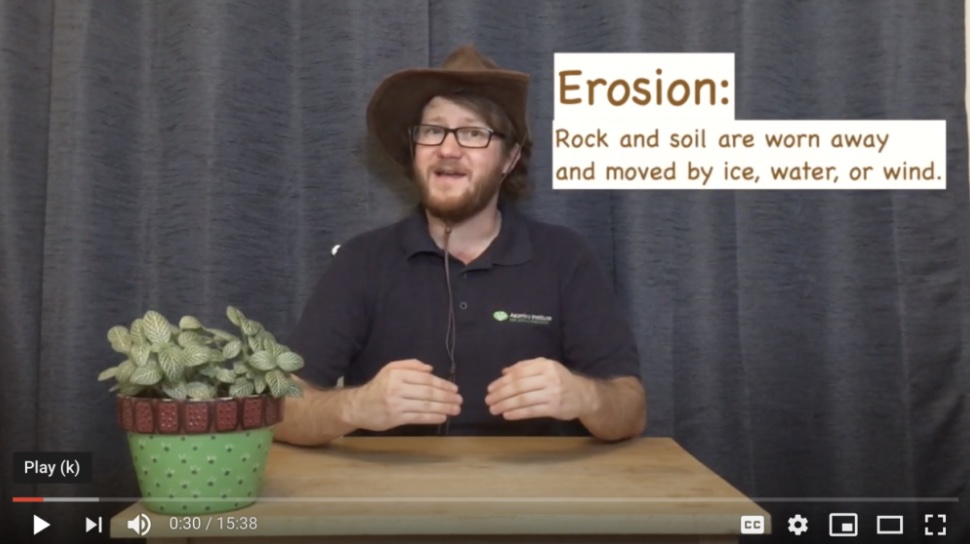
4th Grade - Let It Blow: Wind Erosion in the Desert
Students learn about wind erosion in the desert and use a kit of materials supplied by Asombro to test the effects of three different types of ground cover on dust created by wind erosion. They then design and test their own engineering solution to reduce soil erosion by wind.
- Asombro science kit required
- One 45-minute lesson
4-ESS2-1. Make observations and/or measurements to provide evidence of the effects of weathering or the rate of erosion by water, ice, wind, or vegetation.
3-5-ETS1-1. Define a simple design problem reflecting a need or a want that includes specified criteria for success and constraints on materials, time, or cost.
3-5-ETS1-2. Generate and compare multiple possible solutions to a problem based on how well each is likely to meet the criteria and constraints of the problem.
3-5-ETS1-3. Plan and carry out fair tests in which variables are controlled and failure points are considered to identify aspects of a model or prototype that can be improved.
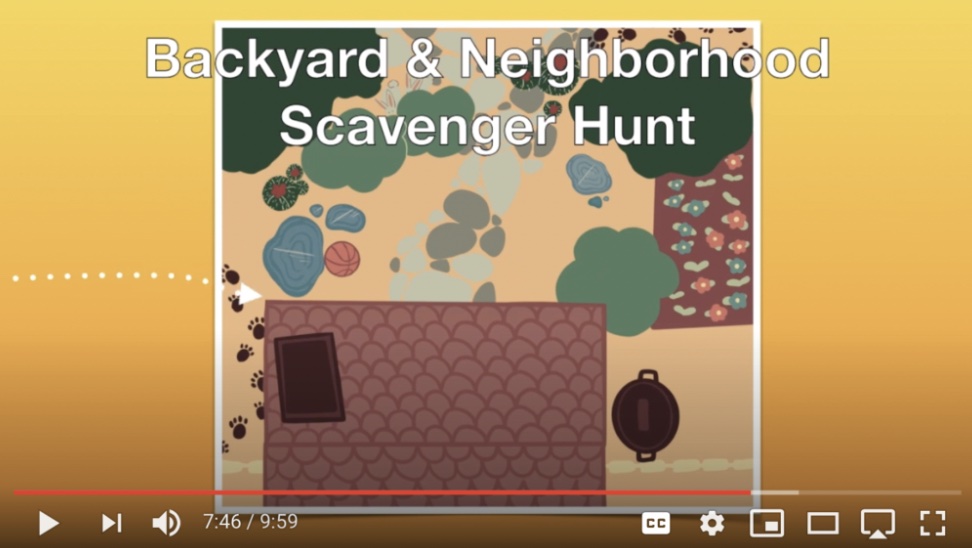
5th Grade - One Day In The Desert
This online learning module contains five components: three interactive videos with instructions for hands-on activities and two additional assignments. The videos center on a guided reading of One Day in the Desert by Anna Keener. Students will follow Mariana and her classmates from Las Cruces, New Mexico as they take a field trip and learn about the unique plants, animals, history, and other features of the Chihuahuan Desert.
- Five 20-minute lessons
- Lessons can be conducted individually or as a unit
- Optional live video conference session with an Asombro educator
5-LS2-1. Develop a model to describe the movement of matter among plants, animals, decomposers, and the environment.
Secondary Programs

6th - 8th Grade - Backyard Biodiversity
Students explore the biodiversity in their neighborhoods with a series of animal and plant studies using a kit of materials from Asombro or simple supplies from home. They then design and conduct their own experiment to measure species richness.
- Asombro science kit available or use supplies from home
- Four 60-minute lessons
- Lessons can be conducted individually or as a unit
- Optional live video conference sessions with an Asombro educator
Science and Engineering Practices: Planning and Carrying Out Investigations; and Analyzing and Interpreting Data
Crosscutting Concepts: Patterns; and Cause and Effect
Disciplinary Core Ideas: Biodiversity and Humans
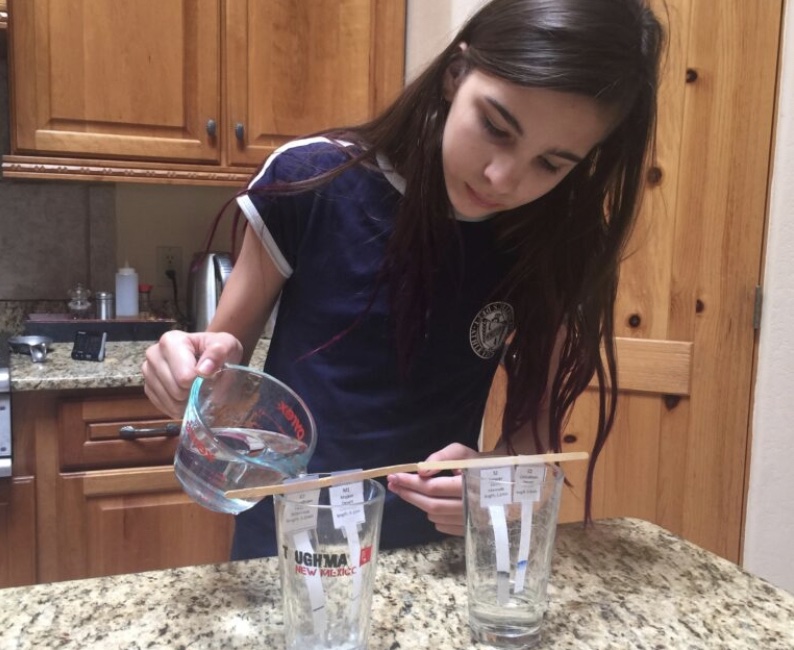
7th Grade - Creosote Bush Genetics: Do These Genes Make Me Look Big?
Students investigate why creosote bushes are different sizes across the deserts of North America. They use experiments and data to test three hypotheses: is the size difference explained by genetics, precipitation, or both? Students measure real herbarium specimens online and construct an explanation to support their hypothesis.
- Asombro science kit available to enhance lesson but not required
- One 45-minute lesson
MS-LS1-5. Construct a scientific explanation based on evidence for how environmental and genetic factors influence growth of organisms.

7th Grade - Natural Selection of Blanched Lizards at White Sands
Students are introduced to the phenomenon of camouflage in blanched lizards at White Sands National Park in New Mexico. As students participate in online activities, such as an ArcGIS Storymap and an online lizard population simulation model, they learn that changes in genes lead to different proteins in organisms, that variation in traits may lead to differential survival and reproduction in a particular environment, and that over time, this leads to a change in the frequency of specific traits in a population. They then apply what they learned about blanched lizards at White Sands to explain the process of natural selection in rock pocket mice at the Valley of Fires in Carrizozo, NM.
- One 45-minute lesson
MS-LS4-4. Construct an explanation based on evidence that describes how genetic variations of traits in a population increase some individuals’ chance of surviving and reproducing in a specific environment.
MS-LS4-6. Use mathematical representations to support explanations of how natural selection may lead to increases and decreases of specific traits in populations over time.

8th Grade - Energy Transfers Around a Kangaroo Rat
Students learn about energy as a crosscutting concept, applying “physical science” concepts of kinetic and potential energy to “life science” concepts like photosynthesis, metabolism, thermoregulation, and movement of organisms. Students will trace energy transfers around a kangaroo rat in the desert and then look for energy transfers around their homes.
- One 45-minute lesson
MS-PS3-5. Construct, use, and present arguments to support the claim that when the kinetic energy of an object changes, energy is transferred to or from the object.
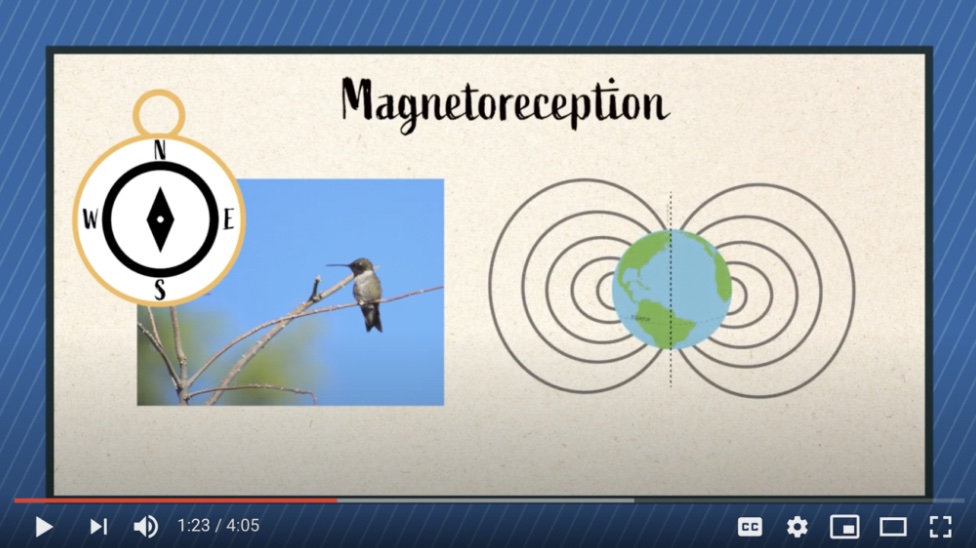
8th Grade - Magnets and Migration
Students investigate how magnetic fields appear in three dimensions around the Earth and design an experiment to discover where magnetic fields are the strongest around a bar magnet. They play a game to apply their knowledge of magnetic fields to bird migration.
- Asombro science kit available to enhance lesson but not required
- One 45-minute lesson
MS PS2-5. Conduct an investigation and evaluate the experimental design to provide evidence that fields exist between objects exerting forces on each other even though the objects are not in contact.
